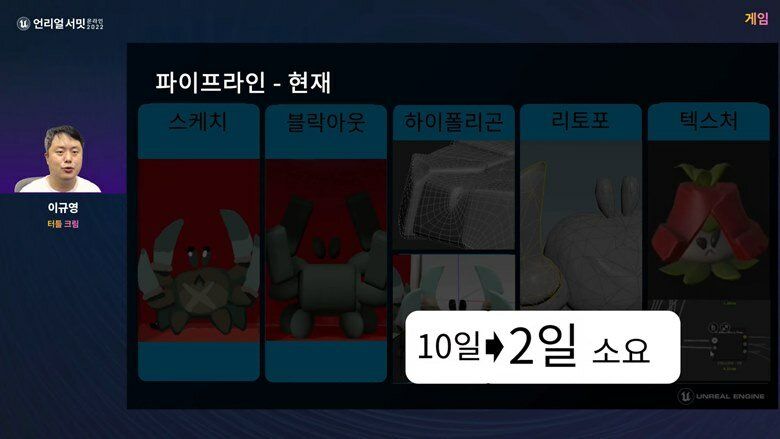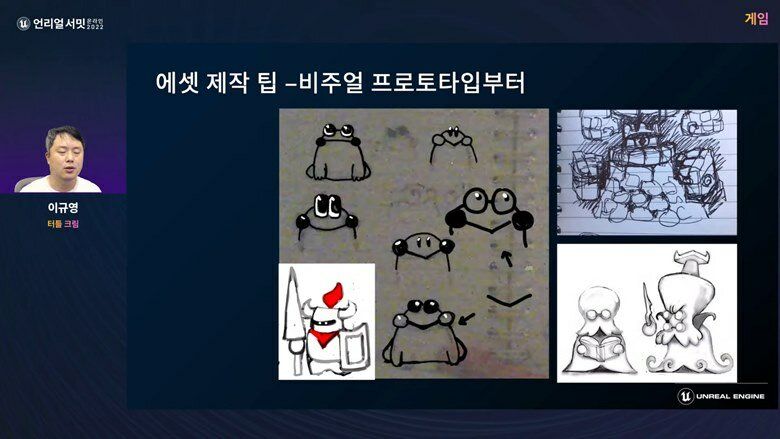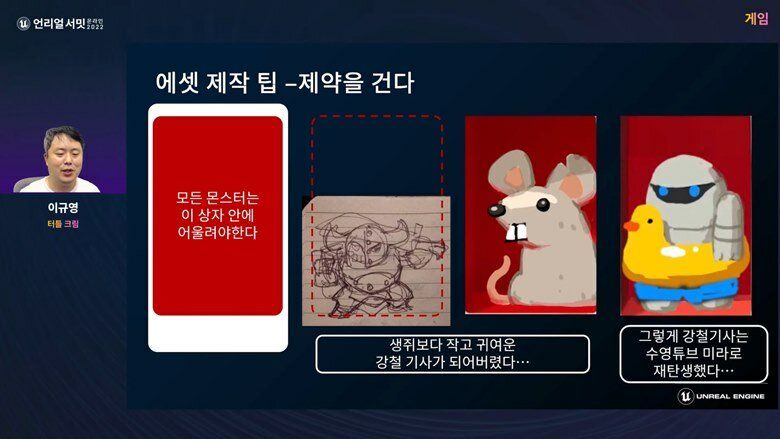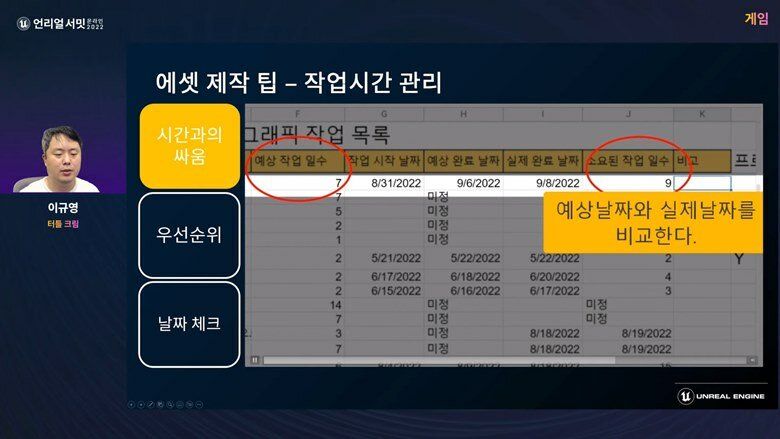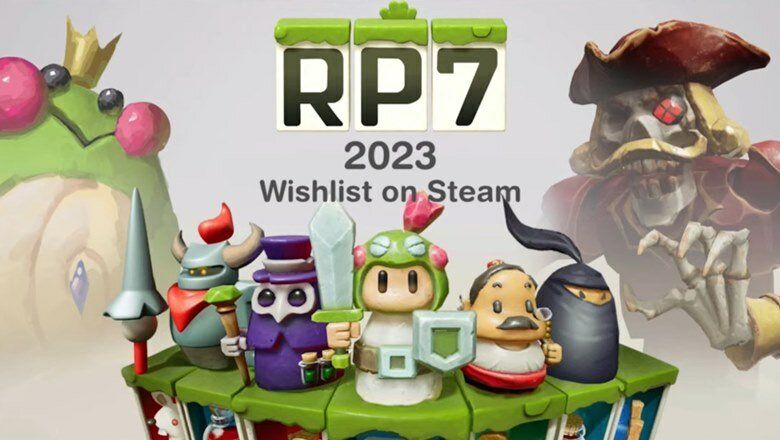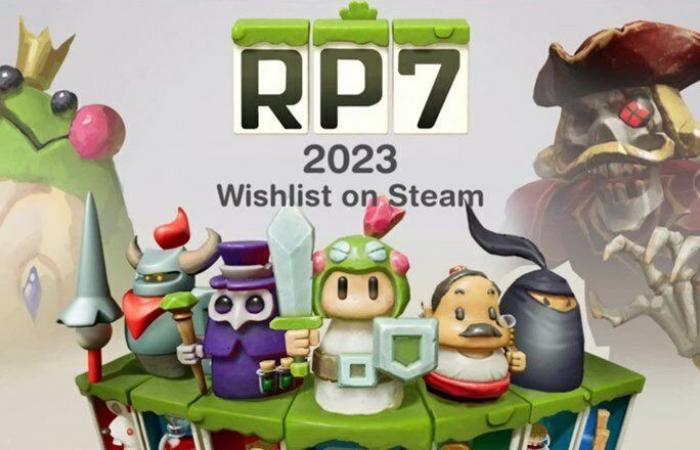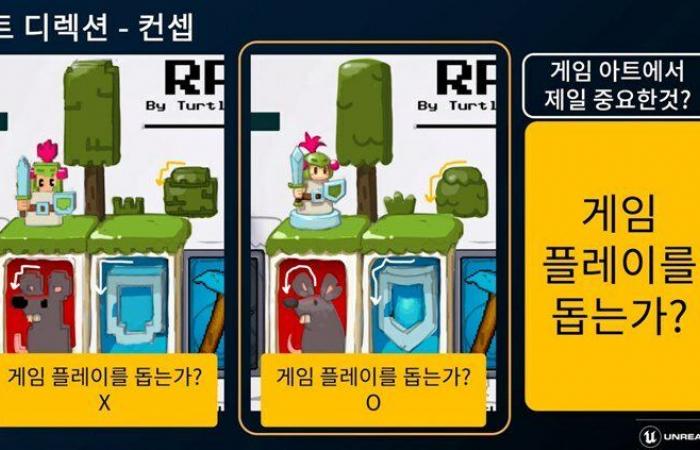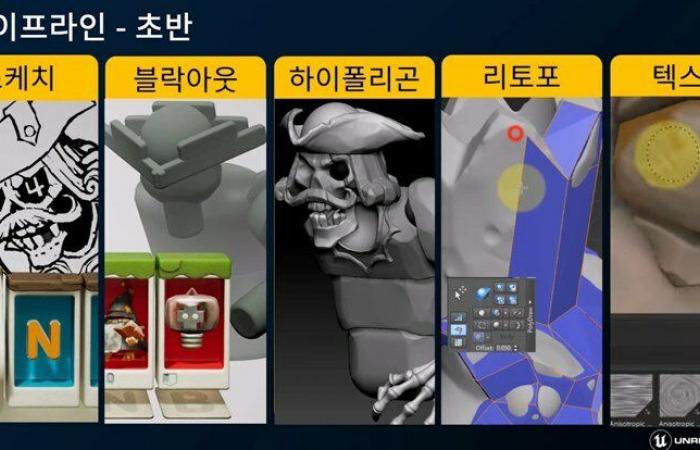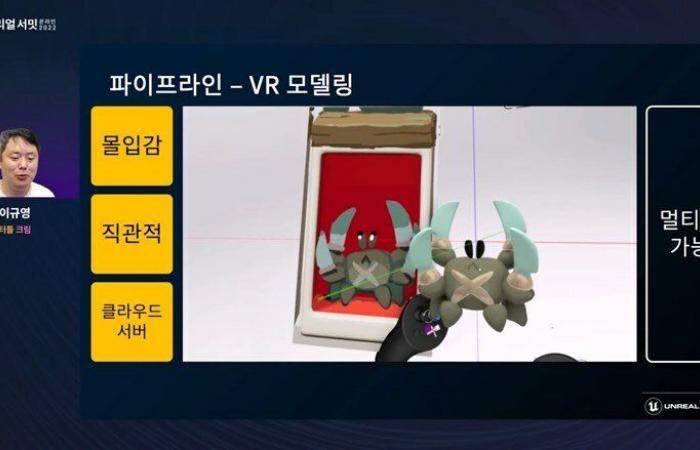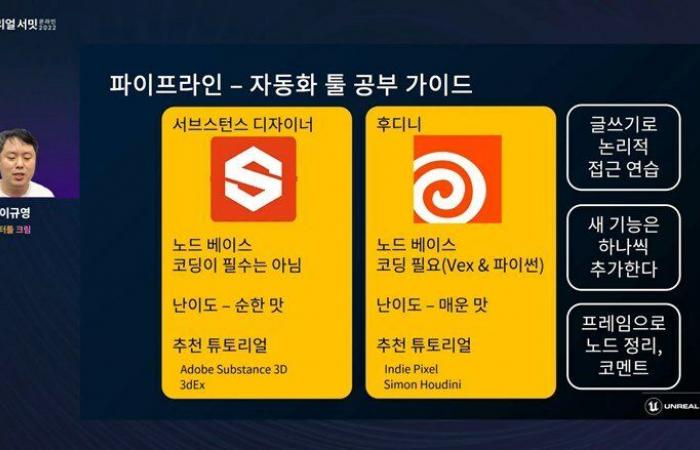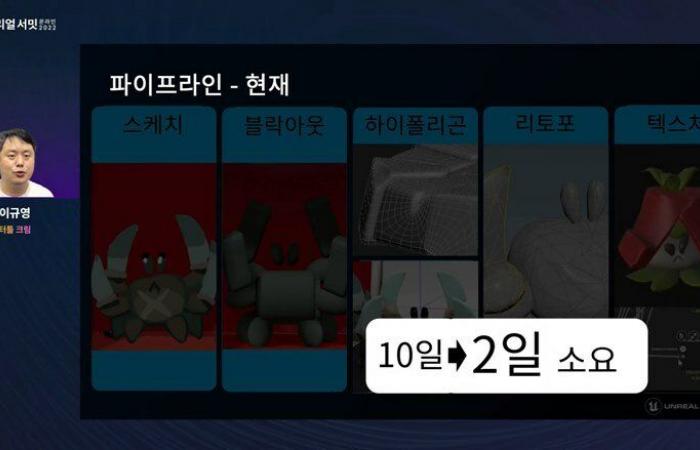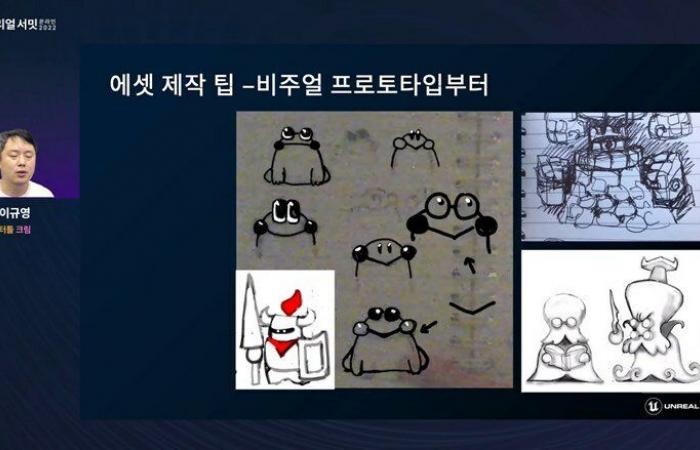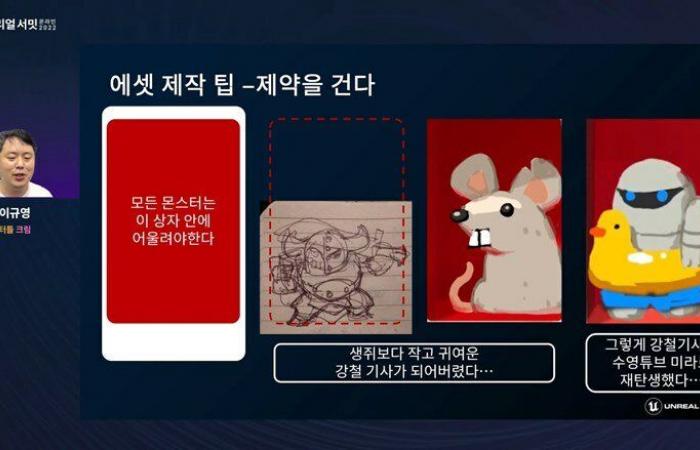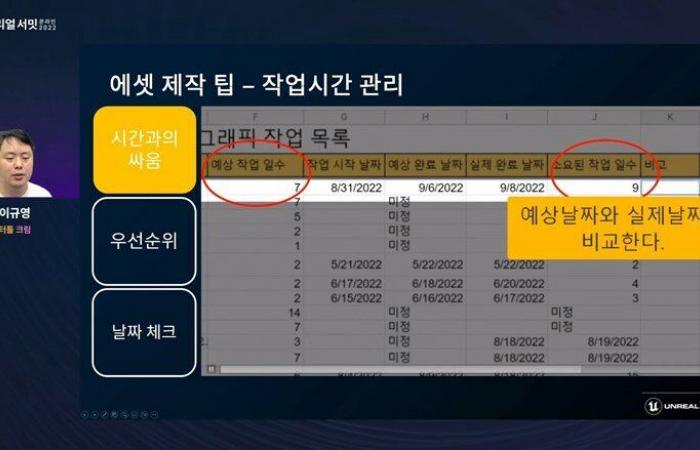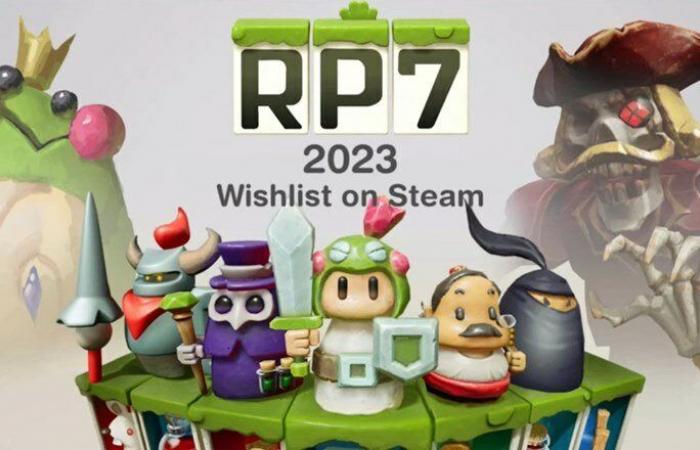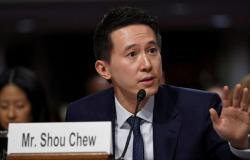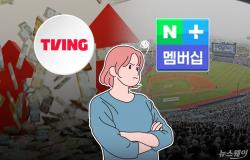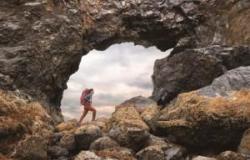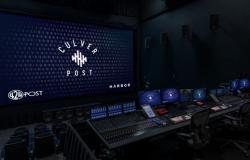It is not easy for a small indie development team to secure various resources through art. This is because it is not a situation where you can only do one area of expertise, and game development itself is a race against time. Each development team has different circumstances and leeway, so someone’s experience may not be 100% certain, but sharing the method and decision-making process of other developers can be of great help to other developers.
Today (28th), a lecture was held to share the art development direction and pipeline of the indie game development team at Unreal Summit, which celebrated its second day. Kyu-Young Lee, Art Director of Turtle Cream, shared her experiences under the theme of ‘Art Direction and Graphic Pipeline of RP7’.
Art director Lee Kyu-young, who has been involved in development at Blizzard for many years, is currently working as a background artist and part-time at night working as an art director at Turtle Cream to produce indie games. RP7, which is being developed by Turtlecream, is an RPG that combines a slot machine and an auto battler. It is a dungeon crawler that rotates slots randomly to recover characters from dying while fighting monsters while growing up and defeating bosses. Director Kyu-Young Lee gave a lecture on what he felt while refining the art direction and pipeline of RP7 and useful tips for indie developers and small development teams.
After joining Turtle Cream as an art director, director Lee Kyu-young ran into trouble. Will you take the pipeline and art direction you are familiar with, or stick with the existing method? If it is maintained in the existing way, there are resources accumulated for a year, but it is difficult to expand and deal with bugs. So he decided to get a new art direction and pipeline, judging that there was still time to release, and that he could do a lot more than the created assets.
After that new direction was set, the first thing I decided on was the concept. After repeating various ideas and sketches, two candidates remain: voxel feel and toy feel. Director Kyu-Young Lee looked back at this process from the perspective of ‘helping game play’, which he values when working on game art. Although voxels have their own advantages, their silhouettes are limited. So I decided that a toy with a curved silhouette would be a better game experience, and I quickly decided on the concept in a ‘toy’-like way.
After that, I started designing characters. As a toy concept, we referenced classic pixel games for a simple and diverse silhouette, and decided the direction of the character of RP7 more simply than this. I decided to boldly delete all the arms, feet, and neck, leaving only weapons, props, and shields and hats, and I also removed all the mouths and noses of many of the characters. As a result, the character structure could be very simple, which saved a lot of animation work.
The problem is here. Because the character is so simple, the perfection is not coming out. So, to fill this void, I referenced various textures of Lego, which are not as simple as I thought, and conducted a lot of texture tests for this. After testing, we came to the conclusion that a work that combines basic textures and detail textures with Unreal is the most suitable. We continued our work by synthesizing detail textures with Unreal’s materials. I tried to use simple colors here, but I strongly showed the characters and encouraged them to be distinguished.
After that, the animation work was also done with a minimum frame in order to reduce the capacity, but by referring to the pixel game, simple movements were carried out, but the work was carried out to preserve the unique sense of beat and force. It is very simple like pixel animation, but with different timings so that it doesn’t feel monotonous, subtle changes to the props were made, and a simple yet lively animation was completed.
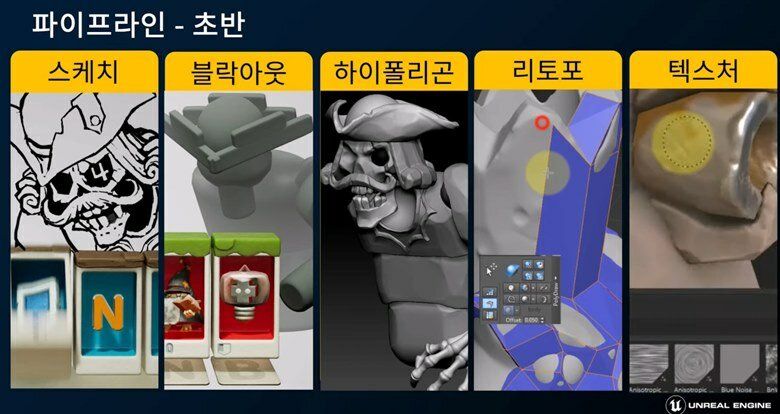
Since the direction of art direction was determined through the previous process, director Lee Kyu-young proceeded with the existing pipeline. However, there was a reason why we had to work part-time, but it took 10 days to produce the assets, so we decided to take the pipeline again. With ZBrush, which I had been using, I realized that the work time would be longer while obsessed with details, so I decided to minimize this, and decided to use 3D Max and VR gravity sketches. The two works are not delicate, but in the direction of the art direction chosen by the game, they performed well enough to show the quality.
And for the retopology work or texture work, which took the longest, I found a way to speed up the work while maintaining the quality, and here I chose ‘automation’. Director Lee Kyu-young actively utilized Substance Designer and Houdini in this work, and through this, he was able to create a work that would take 2-3 hours in just a few minutes. Houdini was also a good work tool, but to use it, you need to use VEX and know Python to show its true value. So, after learning enough Substance Designer, I recommend that you study Houdini.
He emphasized that graphic workers in the process of applying and researching automation like this should take a ‘logical approach’ a lot. He said that it was difficult for him to logically approach what he was doing intuitively because he only did art, so he wrote a lot. He also advised that if you write specific tasks in writing and implement the written contents one by one, you can study in a logical approach quickly. He also said that the automatic tool created in this way cannot be perfect from the beginning, so it is important to learn how to make and fix one by one. Through this pipeline overhaul, the time required to produce the RP7’s assets from 10 days was greatly reduced to 2 days.
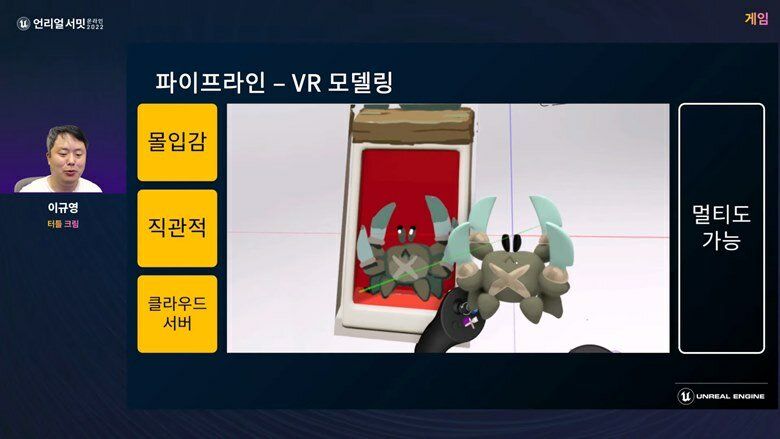
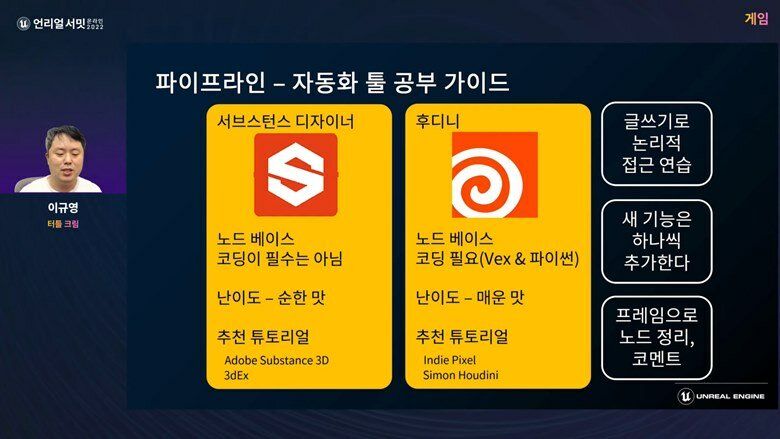
He told small developers and indie game production teams that when creating assets, it’s great to start with visual prototypes. This is because by creating a miniature first, you can outline the artist’s vision and test it to match the new assets and gameplay. Sketching is the most classic visual prototype, but it’s also a great way to quickly iterate through trial and error.
Putting constraints ahead of time is also a good idea. The constraint could be the size of the stage, the characters appearing, or the map. If you set the constraint quickly, the amount of work itself decreases and the time to invest in each object increases, and the quality increases. In addition, working time management should be sufficiently implemented. As development is a battle against time, Director Lee Kyu-young created a Google sheet and shared it with his team members to adjust the schedule. It is also recommended that priorities be written down in this process. That way you can see when to launch and make your choices and focus clear. Of course, if you think money can buy time, it’s sometimes cheaper and better to buy assets from Unreal Marketplay.
At the end of the talk, he added that the animation curve feature and Blueprint feature can be very useful in Unreal Engine. The animation curve is a function that allows you to insert particles at a specific timing or change the material value, and it has the advantage of being able to work conveniently when adjusting animation or creating a production using this function. He also expressed the view that Blueprints are a great feature for artists and programmers to collaborate because they can do simple visual scripting.
The RP7, which is currently being worked by Art Director Lee Kyu-young and Turtlecream, is scheduled to be released on PS, Xbox, Swtich, and PC platforms in 2023.
